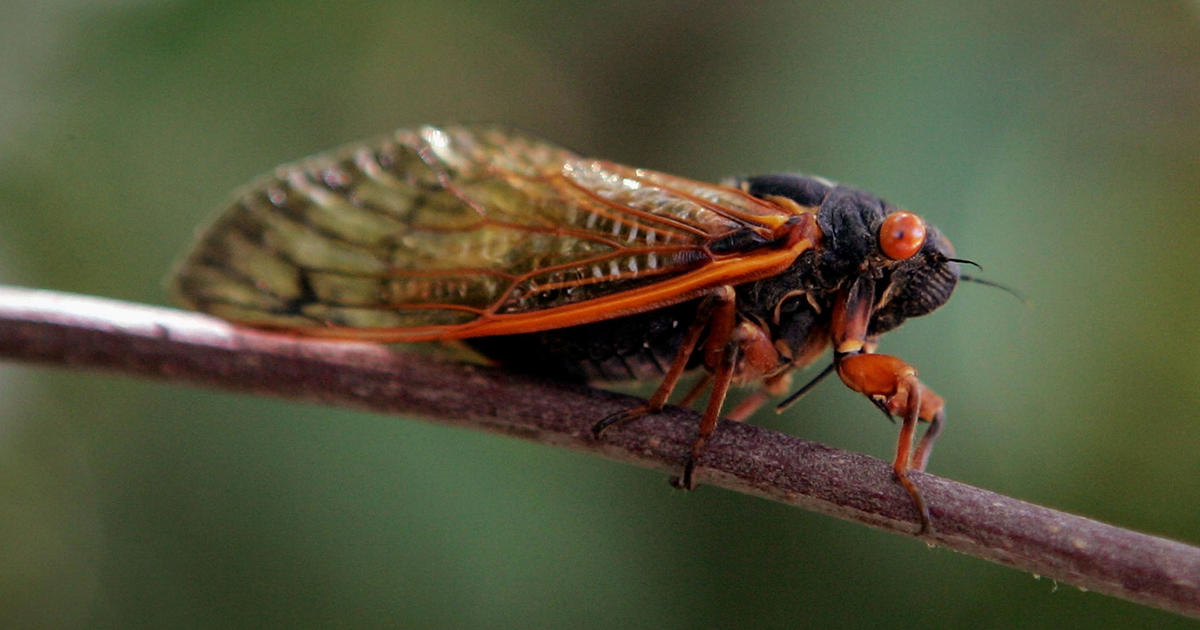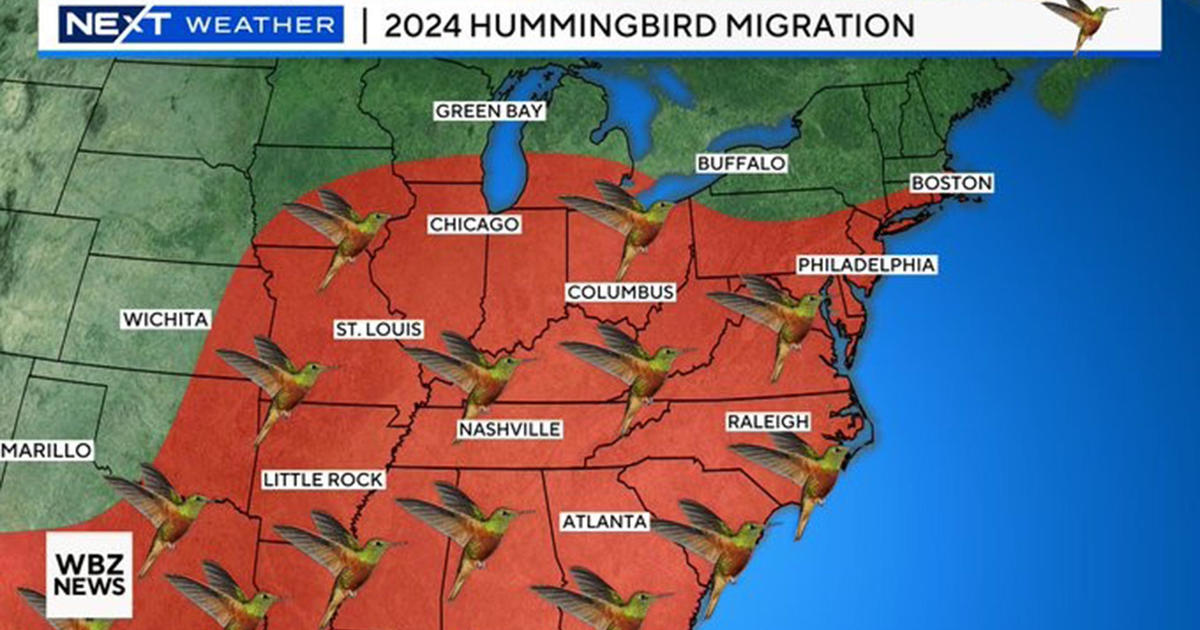Gardening With Gutner: Common Insects And Diseases
BOSTON (CBS) - Fungus diseases are common problems for dozens of tree species, both deciduous and conifers. Some trees have a natural resistance and seldom have any lasting effects from sporadic encounters during a tree's life span. Other trees have very little natural resistance and are attacked almost every spring by damaging spores. These spores can transfer from tree to tree by the wind, water and/or insects.
The Dogwood (Cornus Florida) is an early flowering favorite for many homeowners. Unfortunately, it is also very susceptible to the anthracnose fungus. The leaves and twigs are infected dearly in cool wet spring weather and blotches on leaves often expand and kill the entire leaf. The twig of a Dogwood has very thin protective bark and is killed when the fungus is active in the tree. Cultural practices include raking and removing the leaf and branch litter, and pruning the dead and dying branches properly with caution as to not spread the disease to new areas. Using a sanitizing agent to clean the cutting tools is also standard practice.
Fertilizing to promote good vigor is extremely important to help diseased trees recover. Spraying fungicides to protect the newly forming leaves during the spring can also help prevent defoliation.
Magnolia scale is an insect which affects many species of Magnolia in our area. These insects which have a hard shell-like covering are found on the bark and leaves of the tree. The insects weaken the tree by sucking the sap which gradually causes damage to branches and limbs. This feeding produces waste from the insect which them promotes the growth of sooty mold which blackens the leaves, twigs and branches.
Spraying horticultural oil and root-zone systemic insecticides are used to control these pests. As a homeowner, it is important to know exactly which materials to use and when to apply them to effectively control scale. We recommend consulting a Massachusetts Certified Arborist as they can diagnosis the issue and provide their professional opinion.
Hemlock Woolly Adelgid has become a wide spread and deadly problem for all Hemlock trees. This insect, imported from Asia, will eventually kill even mature and healthy Hemlock trees in 6-8 years unless it treated and controlled. These insects produce a white, waxy coating which gives the look of very small cotton balls. These are found at the base of the needles and at the end of lower limbs in the early stages.
With no real predators, the Hemlock Woolly Adelgid will reproduce until they overwhelm the tree by sucking the sap needed for survival. The best time to spray and treat for Hemlock Woolly Adelgid is spraying horticultural oil in the spring and fall. This is the most environmentally responsible way to control these insects without damaging the natural predictors of other native pests in the Hemlock trees.
Again, we strongly recommend consulting a professional before applying control materials or pruning your tree if you notice any insects or diseases.
You can reach Lynch Plant Healthcare at 508-962-2409 or read more online at lynchlandscape.com or lynchplanthealthcare.com.



